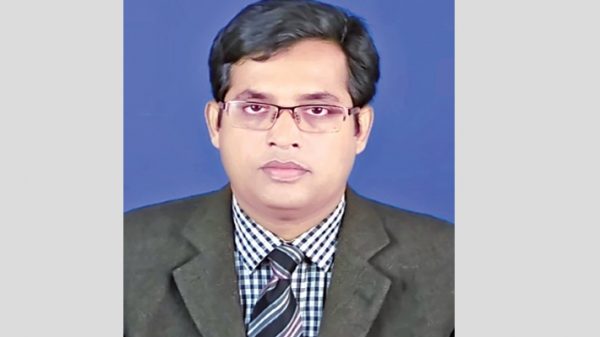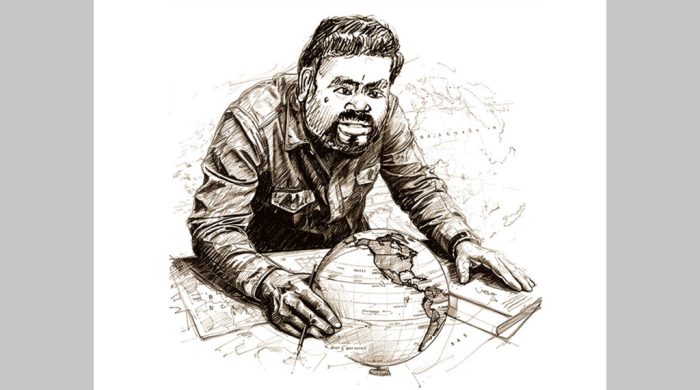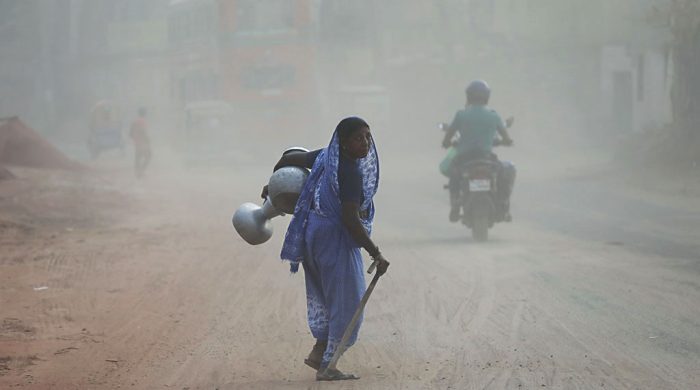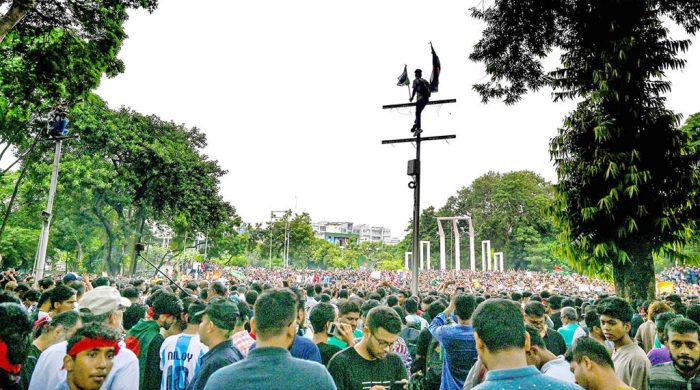August Coup and Role of Conspirators

- Update Time : Wednesday, August 18, 2021
- 159 Time View

To make a political coup a success is not the easiest thing to perform in the context of any country of the world. Such an effort was more difficult to execute when it involved the murder of Sheikh Mujibur Rahman, Bangladesh’s Father of the Nation and the country’s most beloved leader. He encouraged millions of Bangladeshis to sacrifice their life for the country’s independence from the repressive military regime of Pakistan. Therefore, the coup of August 15 was the result of a protracted plan of the conspirators that was executed successfully.
As a result of his complete trust in everyone, Bangabandhu’s plotters could carry out their plans effectively. Despite warnings from well-wishers and intelligence agencies from home and abroad, Bangabandhu never took their information seriously. He firmly believed that no one would hurt him. In the end, some of his closest friends, whom he had the utmost faith in, turned out to be the main conspirators in the tragedy of August 15, 1975. Even Russel (Bangabandhu’s ten year old son) was not left behind by these criminals, which was heart-breaking. It was their goal to wipe out the whole “Sheikh Dynasty” from Bangladesh. Sheikh Hasina and Sheikh Rehana could manage to survive as they were then abroad.
I am afraid I have to disagree with those who want to portray the assassination of Bangabandhu with majority of his family members as an act of treachery by the army and a section of AL leaders only, as many national and international conspirators participated indirectly in the killing mission. Our knowledge of the coup’s main conspirator Khondaker Mostaq Ahmed is well-known, and naturally, he became the President following Bangabandhu’s murder. Sheikh Mujib’s Information and Broadcasting Minister, Taheruddin Thakur, ranked second in the Mostaq Cabinet, suggesting that this person was directly involved with the August coup of 1975. Several other military and political leaders were also involved in this process as they tangibly benefited from the August event. Though they avoided active involvement in the coup, they encouraged the perpetrators to carry out the coup to achieve their long-term goals.
An in-depth analysis of their participation in the August coup, on the other hand, shows that they were actively involved. For example, Mostaq and successive governments issued the indemnity ordinance and later ratified it in the parliament through the Constitution’s Fifth Amendment. The killers of Sheikh Mujib and his family members were shielded from prosecution by this law. It was deplorable that such brutality was granted impunity in the soil of independent Bangladesh. Even several freedom fighters in the army were killed in the name of court-martials after 1975. The beneficiaries of the killing mission must also be held responsible for those deaths.
The murderers of Bangabandhu were offered lucrative postings in the foreign ministry on June 8, 1976. Twelve army officers, including Major Dalim, Lieutenant Colonel Aziz Pasha and Major Rashid were posted as first, second, and third secretaries in different foreign missions of Bangladesh abroad, including China and Canada. We all know that getting a job at the Ministry of Foreign Affairs is a challenging task. When someone is offered such a lucrative position at the foreign mission, it should be considered a prize posting.
A few international actors were also involved in the coup, as evidenced by their actions following the coup. Therefore, it can be claimed that Bangabandhu’s assassination was a part of a global strategy, as evidenced by the reactions of several countries after the coup. For instance, the U.S. Department of State in Washington first reported the news of the killing, using Dhaka’s Embassy as a source (New Statesman, August 22, 1975). The Pakistan government enthusiastically recognised the Mostaq government soon after the killing (The Daily Ittefaq, August 16, 1975). On the other hand, Saudi Arabia recognised Bangladesh as an independent state after delaying its decision for four years (The Bangladesh Times, August 17, 1975). After the death of Bangabandhu, even the Chinese government stepped forward to develop diplomatic ties with Bangladesh (Far Eastern Economic Review, October 31, 1975, p. 5.). Such pre-emptive actions of these governments suggest that they were either complicit in or aware of what took place.
The main intentions of the killers were to establish pro-Pakistani forces in the administration of Bangladesh, ousting the Father of the Nation. Since several pro-Pakistani international forces remained involved in the killing missions, they were keen to rehabilitate anti-Indian forces in Bangladesh. They were also annoyed with Bangabandhu for inspiring the people of Bangladesh to get involved in the war of independence. These forces wanted to keep Bangladesh as a federal unit of Pakistan, but they failed to stop Bangabandhu from establishing Bangladesh as an independent state.
These forces also wanted to stop the progress of Bangladesh as Bangabandhu wanted to establish “Sonar Bangla”. He started the reconstruction of a war-torn country quite successfully. On January 10, 1972, when he returned to Bangladesh from the Pakistani jail, he received nothing more than 70 million people as the Pakistani army destroyed everything. With desperation to get the country back on track, Bangabandhu began rebuilding by forging diplomatic ties with different countries and taking various steps to restore the economy. There were also many other obstacles for Bangabandhu, including the surrender of arms by freedom fighters and members of the Mukti Bahini, the tug of war between pro-Bangladeshi and repatriated government officers in the administration, the 1974 famine and strife inside the party. He was able to overcome all obstacles with ease. Upon seeing that the newly formed country was growing fast, the pro-Pakistani forces within the country implemented their strategy to kill him.
The conspirators never thought that Bangabandhu’s daughter, who could manage to save her life by staying abroad in 1975, would return home, organise the Awami League and commence the trial of Bangabandhu’s killing. So, after 1975, the government did all it could to destabilise the AL by dividing it into separate factions. It was unfortunate for the conspirators that Sheikh Hasina returned home in 1981, took over as President of the AL, rebuilt the party and formed the government, winning the election of 1996. Immediately after regaining power, she started the procedure of the trial of Bangabandhu killing. After the BNP government came to power in 2001, the trial process was suspended. After regaining power in 2008, Sheikh Hasina started the process once more. Some of the killers were sentenced to death as per the court’s verdict. However, some of them have been hiding in other countries. The government is trying their best to get them back.
History tells us that a true leader’s contribution could not be erased from history by killing him or her. Bangabandhu was such a leader whose contribution cannot be erased from history or discussed in a single write-up. The assassins were able to obliterate Bangabandhu’s contribution to Bangladeshi history for a limited time with the help of their beneficiaries. However, with Sheikh Hasina’s return to power, their strategy was doomed to fail. Therefore, it is necessary to send a strong message to the conspirators that they could neither wipe Bangabandhu’s ideology from the hearts of the Bangladeshis nor impede the development of the country’s prosperity. Under the leadership of his daughter, Bangladesh has become a role model of prosperity to the rest of the globe within a decade.
The writer is a Professor of Public Administration at the University of Rajshahi.



















